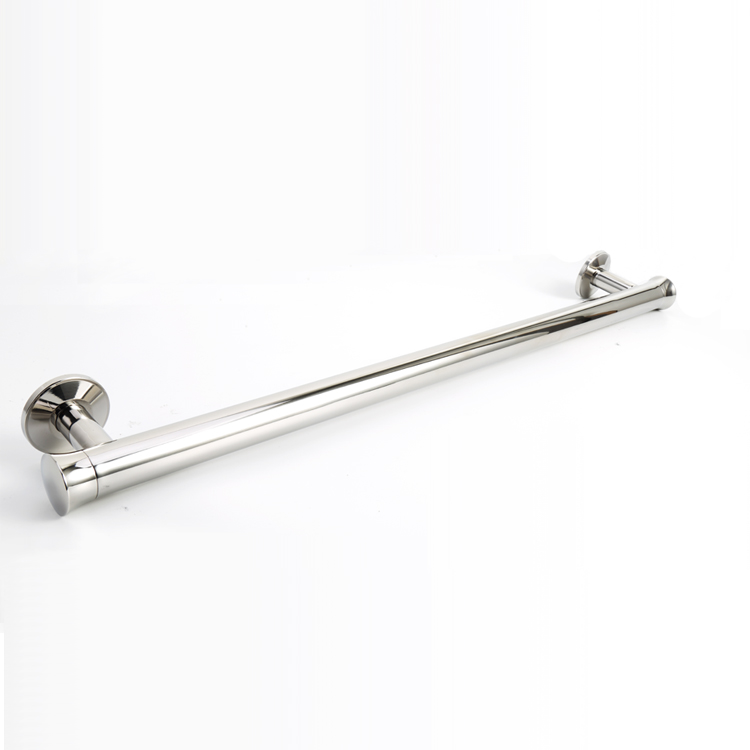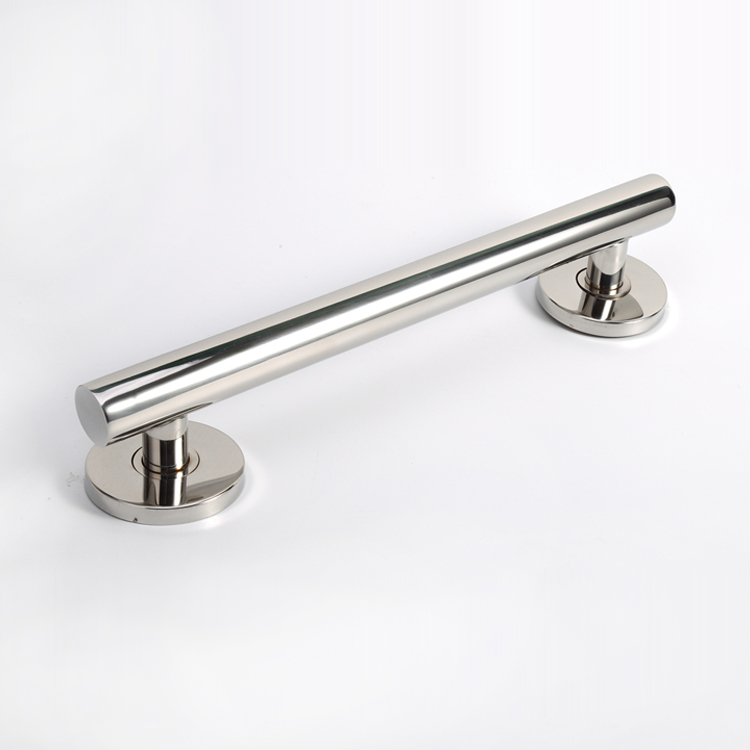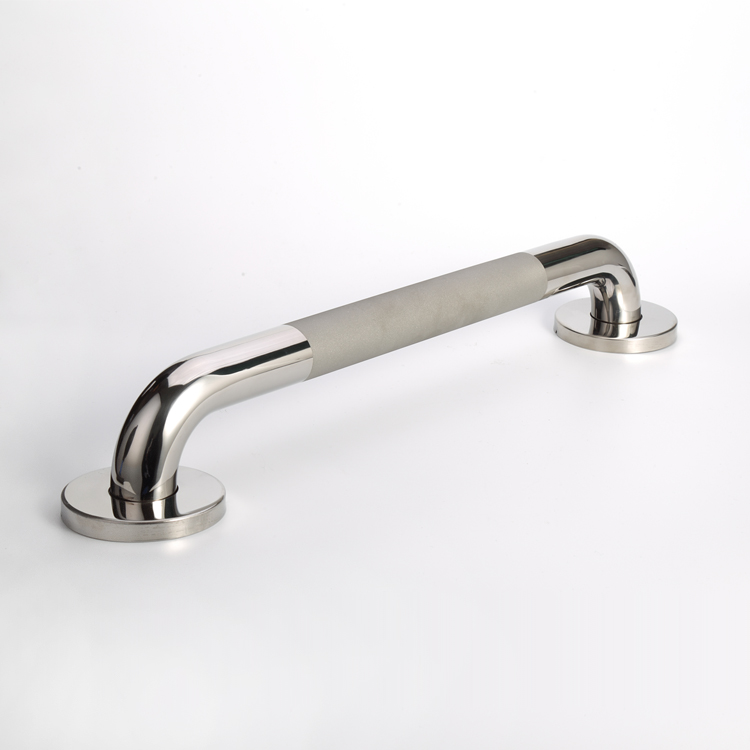Key Factors to Consider When Installing Grab Bars in Your Home
Grab bars are essential safety features that provide support and stability, especially in bathrooms and other high-risk areas. Proper installation requires careful planning to ensure maximum safety and functionality. Here are the most important factors to consider before installing grab bars in your home.
1. Location: Where to Install Grab Bars
The placement of grab bars significantly impacts their effectiveness. Key areas include:
Bathroom:
Next to the toilet (horizontal or diagonal)
Inside showers and bathtubs (vertical and horizontal)
Near sinks for additional support
Bedroom: Beside beds for assistance when standing up
Stairways & Hallways: Along railings for extra stability
Entryways: Near doors with steps or raised thresholds
Tip: Observe daily movements to identify where support is most needed.
2. Height & Positioning
Standard Height: 33–36 inches from the floor (adjust based on user height).
Toilet Bars: Horizontal bars at 33–36 inches; diagonal bars for easier push-up support.
Shower Bars: Vertical bars near the entrance; horizontal bars along walls for balance.
Mistake to Avoid: Installing bars too high or too low, making them difficult to reach.
3. Weight Capacity & Durability
Minimum Support: Must hold at least 250 lbs (check manufacturer specifications).
Material Options:
Stainless Steel: Most durable and rust-resistant
Plastic-Coated: Better grip but less sturdy
Textured Surface: Prevents slipping when wet
Warning: Avoid cheap, low-quality bars that may loosen or break under pressure.
4. Wall Structure & Mounting
Must be anchored into wall studs (not just drywall).
Reinforcement Needed: If no studs are available, use heavy-duty toggle bolts.
Professional Installation Recommended for tile or fragile walls.
Safety Check: Test stability by applying full body weight before regular use.
5. ADA Compliance (If Required)
For homes needing ADA standards (e.g., rental properties or assisted living):
Diameter: 1.25–1.5 inches for easy gripping.
Spacing: 1.5 inches clearance from the wall.
Contrast Color: Improves visibility for low-vision users.
6. User-Specific Needs
Elderly Users: Prioritize comfort and ease of use.
Wheelchair Users: Ensure proper height and reachability.
Temporary Needs: Consider removable suction grab bars.
7. Aesthetics & Blending with Decor
Choose finishes (chrome, matte black, bronze) that match bathroom fixtures.
Flush-mounted bars provide a sleeker look.
Final Checklist Before Installation
✔ Right Location (toilet, shower, bed, stairs).
✔ Correct Height & Angle (33–36 inches, horizontal/diagonal).
✔ Strong Mounting (studs or reinforced walls).
✔ Weight-Tested (250+ lbs capacity).
✔ User-Friendly (comfortable grip, easy to reach).
Need Help Choosing Grab Bars?
Consult a home safety expert to ensure proper selection and installation for your specific needs.
By considering these factors, you can install grab bars that provide safe, reliable support for years to come. Save this guide for your next home safety upgrade!
 Choosing the Best Material for Shower Handrails
Choosing the Best Material for Shower Handrails
 Hospital Bathroom Safety Upgrade with Self-Install YIRUIS Grab Bars
Hospital Bathroom Safety Upgrade with Self-Install YIRUIS Grab Bars
 How to Choose Grab Bars for Elderly Parents?
How to Choose Grab Bars for Elderly Parents?
 The Most Common Grab Bar Finish: A Practical Guide
The Most Common Grab Bar Finish: A Practical Guide

